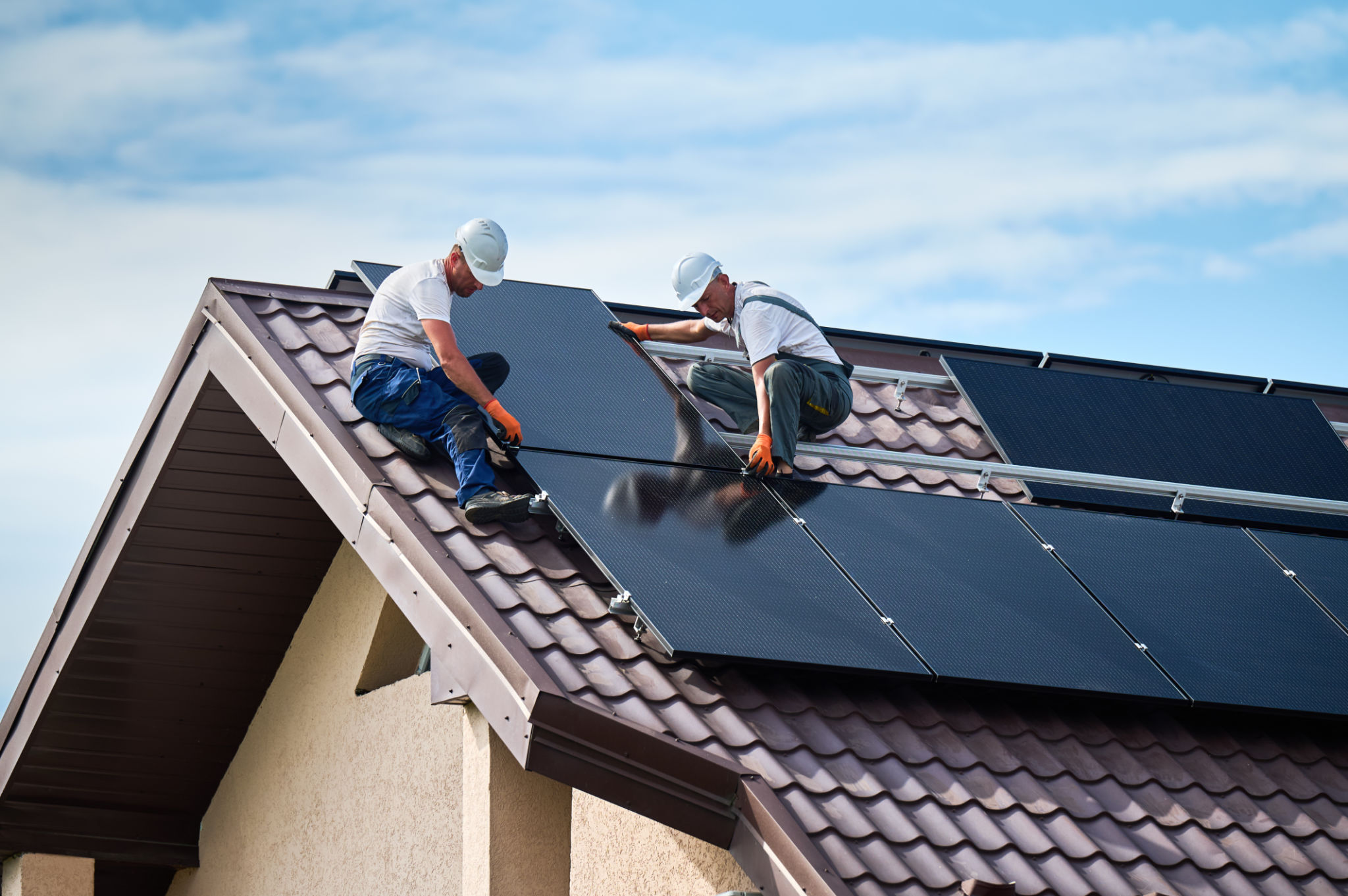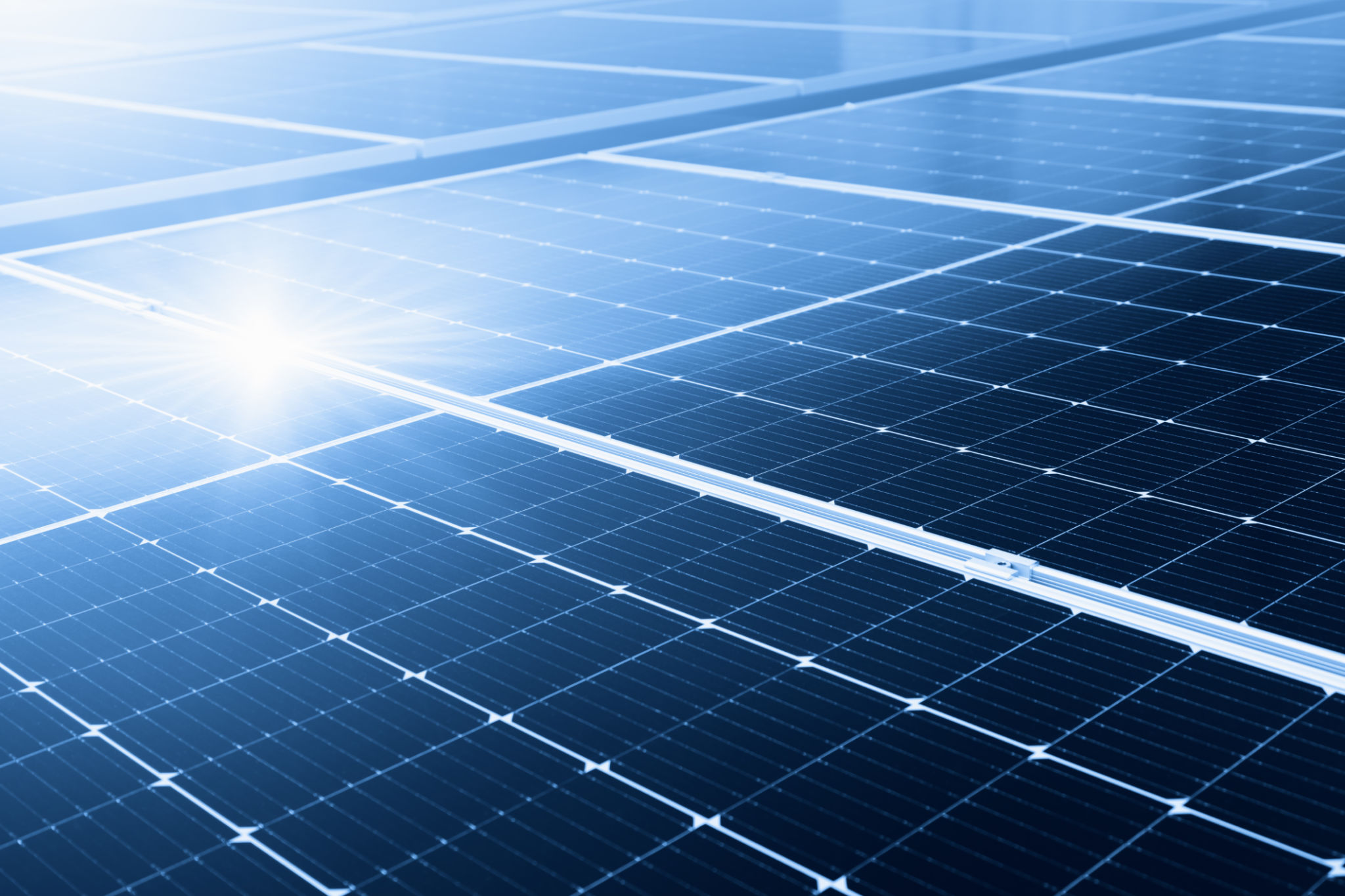A Step-by-Step Guide to Installing Solar Panels in San Diego County
Understanding the Benefits of Solar Energy
Solar energy is a sustainable and environmentally friendly option that can significantly reduce your electricity bills. With San Diego County's abundant sunshine, it's an ideal location for harnessing solar power. By installing solar panels, you contribute to a cleaner environment and gain energy independence.

Evaluating Your Home's Suitability for Solar
Before diving into installation, assess whether your home is suitable for solar panels. Consider factors such as roof condition, orientation, and shading. Homes with south-facing roofs and minimal shading are optimal for solar panel installation.
Conduct a Professional Assessment
Hire a professional to conduct a solar assessment of your home. They will evaluate your roof's structural integrity and provide insights into the best placement for optimal energy production. This step is crucial to ensure that solar panels are a viable option for your property.
Navigating Permits and Regulations
Installing solar panels in San Diego County requires obtaining necessary permits and adhering to local regulations. Contact your local government office to understand the specific permits needed for your installation. Additionally, investigate any homeowner association rules that may apply.

Understanding Incentives
Research available incentives that can offset installation costs. Federal tax credits, state rebates, and local incentives can make solar panel installation more affordable. Stay informed about current programs to maximize your savings.
Selecting the Right Solar Panels and Installer
Choosing the right solar panels and installer is crucial for a successful installation. Research various panel types, considering factors such as efficiency, warranty, and cost. Equally important is selecting a reputable installer with a proven track record.
Requesting Quotes and Comparing Offers
Request quotes from multiple installers to compare pricing and services. Look for companies with positive reviews and certifications from recognized industry organizations. This due diligence ensures you receive quality service and value for your investment.

The Installation Process
Once you have selected an installer, they will begin the installation process. This typically involves several steps:
- Site Assessment: Final measurements and evaluations are conducted.
- System Design: A customized solar system plan is created.
- Permitting: Necessary permits are secured.
- Installation: Panels are mounted on your roof.
- Inspection: The system is inspected to ensure compliance with regulations.
- Activation: Your solar system is connected to the grid and activated.
Enjoying the Benefits of Solar Power
After installation, you can start enjoying the benefits of solar power. Monitor your energy production and savings through available apps and tools provided by your installer. Experience reduced energy bills and the satisfaction of contributing to a sustainable future.
Maintaining Your Solar Panels
Regular maintenance is essential to ensure optimal performance. Clean panels periodically to remove dirt and debris, and schedule professional inspections annually. Proper care will extend the lifespan of your solar system and enhance its efficiency.

